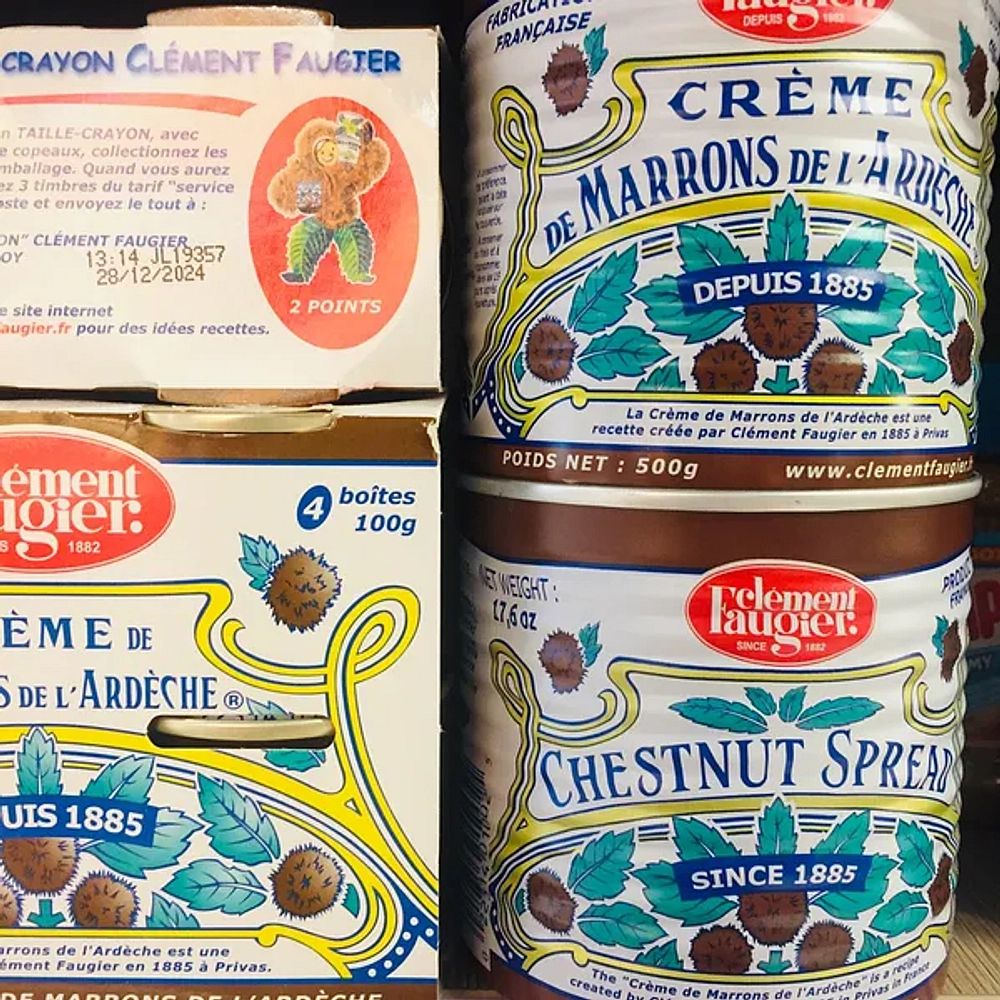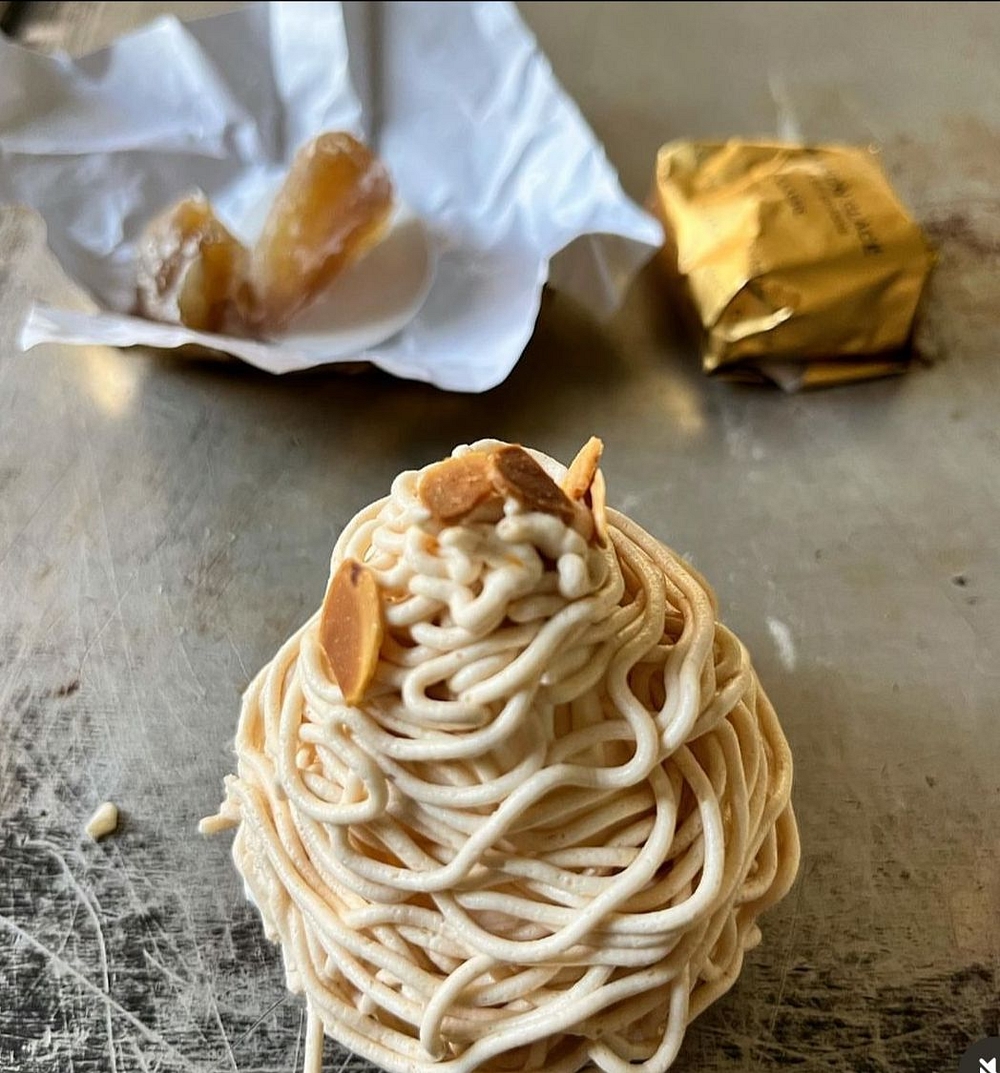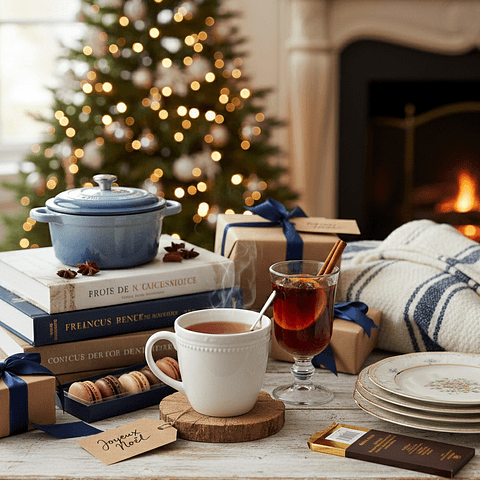Did you know that half of all French chestnut production comes from the Ardèche region in southwest France? Renowned for its lush forests and scenic trails, Ardèche produces nearly 5,000 tonnes of chestnuts annually, making it the official home of French chestnuts.
In 2006, Ardèche's chestnuts were awarded the prestigious AOP (Appellation d'Origine Protégée) distinction. This means that all stages of production are carried out according to recognized methods in the same geographical area, which gives the product unique characteristics.
It has been so important in the region of Cevennes that it is even called the l'arbre à pain (the bread tree), as wheat cannot grow in this area, chestnuts were used as a flour substitute. Every year from October to November, the region comes alive with Les Castagnades, a vibrant network of chestnut festivals taking place in the surrounding small villages and towns. The Castagnades festival attracts between 20,000 and 50,000 visitors annually!

Different ways to enjoy chestnuts:
- Farine de châtaigne (chestnut flour) can be used in baked goods for an earthy, hearty bread or dessert that is naturally gluten-free, rich in nutrients, and lends to a lower glycemic index
- Crème de marrons de l’Ardèche (chestnut cream), a sweetened, jam-like delight that can be spread on toasted bread
- Châtaignes grillées (roasted chestnuts) is a simple, no-frills way to get the most out of their nutty, toasty flavor and can serve as a convenient snack.
- Marrons glacés (candied chestnuts) a popular Christmas-time treat, chestnuts are candied in sugar syrup and then glazed. They can be eaten as is or crumbled into desserts.
The Sticky History of Candied Chestnuts
The candying of chestnuts likely started in the 15th century but the added touch of glacages (glazing), would have begun a century later, in either Lyon, France, and Cuneo, Italy (both cities fight over the title). It is said that towards the end of the 19th century, Lyons’ textile industry had collapsed, and the Lyonnaise were looking for new ways to boost their economy. Enter to the scene, the modest chestnut. In 1882, the first factory opened, that was able to produce marrons glacés at an industrial scale!
Three years later, the factory started to create a sweetened chestnut purée made with the chestnuts that were damaged during the glazing process - the broken chestnuts were pureed and vanilla was added to the mix, creating the rich crème de marrons.
Crème de marrons is also the main component in the Mont Blanc pastry!


